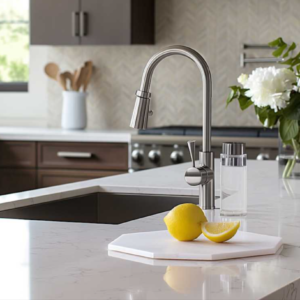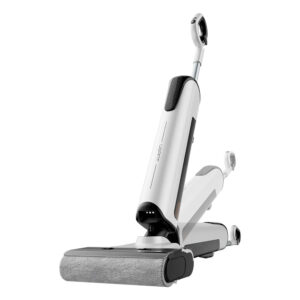Did you know that a well-maintained and clean roof can last for up to 30 years or more? Were you aware of the fact that a clean roof can increase the complete energy efficiency of your home? Well, now you know! Roof cleaning and roof repairs and not simply a home maintenance exercise that is undertaken to increase the aesthetic appeal of your home. They are an inevitable and crucial component for the overall upkeep of your building’s structure.
The more you invest in good roof cleaning and roof repairs, the longer will be the life expectancy of your roof. Come to think of it, wouldn’t a sturdy and maintained roof also increase the resale property value? This being said, sometimes too much of something could result in adverse outcomes. Therefore, it is crucial to understand the elements involved in an adequate roof cleaning process.
Why is my roof black?
The most common culprit behind blackened rooftops is an algae called, Gloeocapsa Magma. Generally, the black roof is a trademark of geographical areas that are prone to heavy rainfall. Many tend to confuse the reason behind this as being a fungus or mildew. The reason there would be a series of houses with the similar black roof is because, these algae get transported by the wind. Blackened roofs are one of the most common roof problems faced by Miami residents. With time, these algae have also evolved to lesser humid geographies as well.
What should I do to get rid of those stains?
In most cases, the widely used measures to clean the roofs are either the application of chemical solutions or the method of pressure cleaning. The process of chemical solutions involves cleaning the roof with chemicals like Sodium Hydroxide and Bleach. The logic behind the popularity of these methods is the minimal unfavorable impact they have on the roof’s health. One major drawback of these methods is their temporary nature. Although these roof repair solutions will clean up your roof pretty well, the effects tend to last for a limited period. You need to apply these methods at regular intervals of 6-18 months to achieve desired results.
What is the best solution I can work with?
To be quite honest, every process has its fair share of pros and cons. Starting with Sodium Hydroxide, it is a powerful degreaser and suitable for landscaping. Unfortunately, they are caustic and can be toxic to the people and property involved. If your cleaner has too much Sodium Hydroxide, it could do irreparable damage to your asphalt shingle roof. The rinsing process can prove too long for comfort. Ideally, a good Sodium Hydroxide cleaner shouldn’t need more than 100 psi to completely clean asphalt shingle roofs. Due to its potent composition, there would always be minimal damages, commonly in the form of little granule loss.
A chlorine based solution could be equally toxic to all elements involved. The major benefit this offers above others is the ease of cleaning and a convenient rinse time. Pressure cleaning methods should be limited strictly to metal roofs, barrel tiles and concrete roofs. Unlike the first two, this involves zero chemicals. This means no harmful toxic exposure and cost effectiveness. Pressure cleaning could prove to be too harsh on tile surfaces and ruin them of their original color. It also involves a lot of time.
Prevention is better than cure!
Undoubtedly, these cure methods are not only harmful to the roof’s longevity, but is also temporary in nature. The best thing to do here is take adequate preventive measures at regular intervals, so as to ensure that your roof stays clear of the unwanted algae at all times. All you need to do is contact your area’s expert Roof repair services and ask them to sort it out for you. They would spray your roof with algaecides on regular intervals. This way you can be sure your roof looks as good as new!





